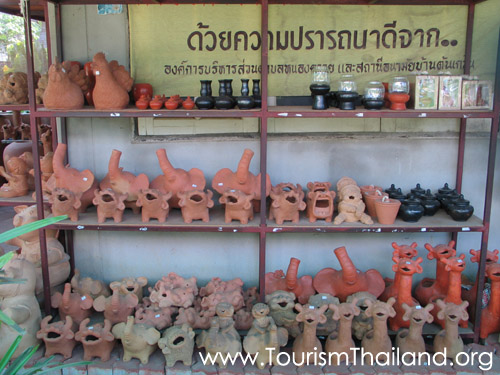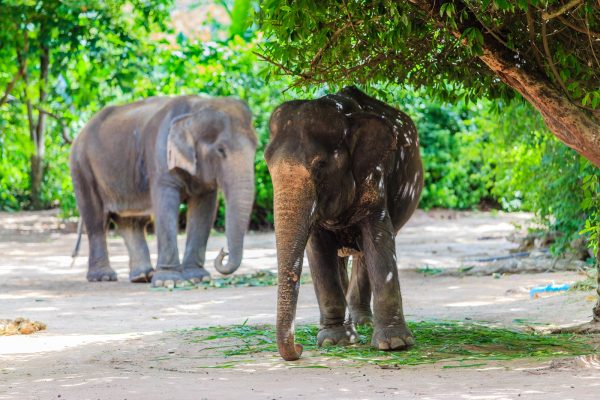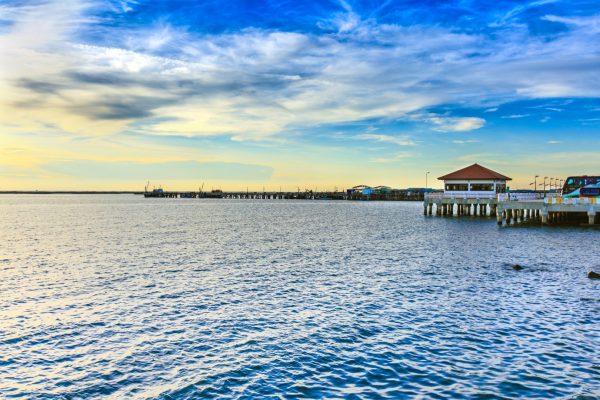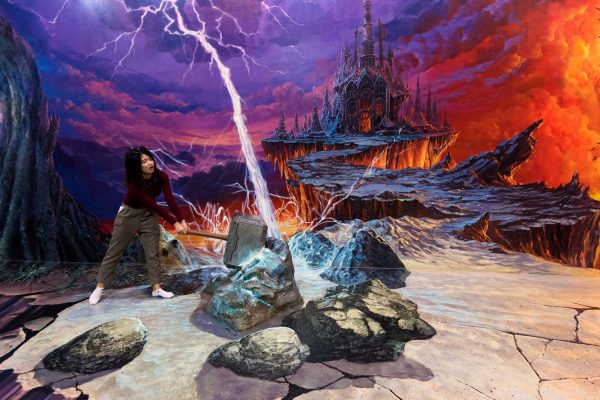
Muang Kung Village
Muang Kung Village has been told its history by the ancestors from generations to generations that their ancestors who settled down in this village were Tai people who had been herded from Mong Phu and Mong Hsat in Kengtung, currently is a town in Shan State, Burma. It was an escape from an invasion of Burmese soldiers and there were only 6 families moved. (Nowadays, in Mong Hsat and Mong Phu, people still live Muang Kung’s lifestyle.) From the hearsay, the story matches with written historical evidences such as the urban legends of Chiang Mai, the Yonok Chronicle and many reports written on rice papers. It is about conscripting people from Burma and Xishyangbana to Lan Chang for many times until the renaissance period of Chiang Mai after having had been under the Burmese influence for almost 2 decades from 1782-1813 when Chao Kavila, the descendant of Chao Jed Ton family, reigned in Chiang Mai. The ancestors of Muang Kung Village were conscripted to settle in the current place for over 200 years. They were ordered to do rice farming in order to send the product to Chao Kawiloros Suriyavong, the son of Chao Kavila the governor of Chiang Mai. The governor’s farmland located in the north of Muang Kung Village. When the harvest came, the villagers would load paddy in carts to send to the governor’s house in Chiang Mai’s capital district. After the season, they would do the job they could which is potters. They would do, for example, ewers or boilers to contain water both for consumption and for sell to support their families. It was also used for a religious purpose which was to offer to Buddhist monks at temples and it is a practice that has been inherited through generations until now.Almost every family in this village does pottery which is what they do as their main job. If you walk by little concrete streets in the village, you will find cruses in various type and different sizes including vases, pots, etc. lined drying in the courtyards. Moreover, on basements, there are many elders actively help painting earthenwares. The most popular product is the boiler that has narrow top, bulge middle, and tapering bottom with a lid. The shoulder area has beautiful carving. (Information from a research done by teachers of Faculty of Education, Chiang Mai University 1984-1985) Nowadays, Muang Kung Village is appointed to be the village of OTOP handicrafts for tourism in 1995 which has become popular for tourists and many institutes who have continuously come to observe the activities. The prominent symbol is a 18-meter-tall ewer with a diameter of 9 meters at the crossroad to Amphoe Saming.Getting there : Muang Kung Village is out of Chiang Mai’s capital district about 10 km. towards Chiang Mai- Hang Dong route and about 6 km. far from the ring road (Airport Highway No.11) slightly before a Hang Dong- Saming crossroad.





